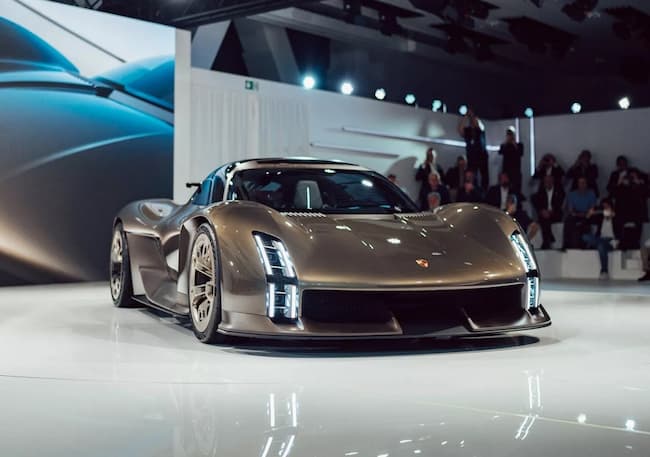In 2009, an esteemed panel of automotive designers bestowed the title of “the most beautiful car of all time” upon the 1972 Citroen DS, elevating it above legendary marques such as Ferrari, Jaguar, and Lamborghini. The accolade was a testament to the enduring allure of this automotive masterpiece.

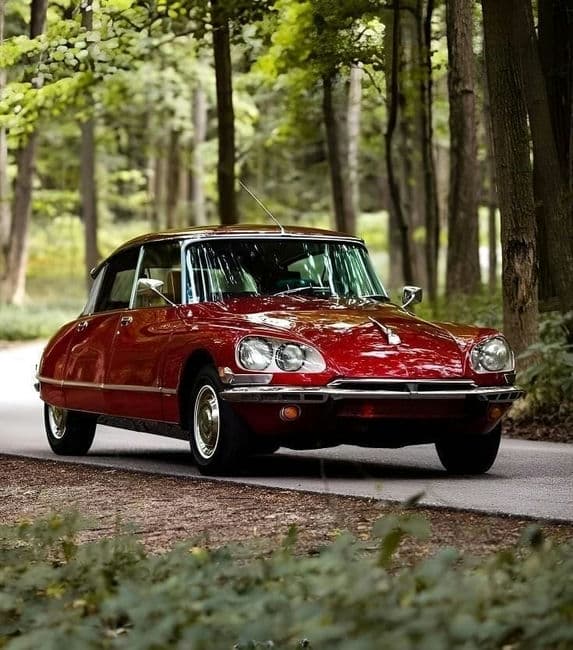
French philosopher Roland Barthes, in his essay “The New Citroën” from his book Mythologies, contemplated a shift in the very essence of automobiles. He pondered a transition from the realm of raw power to something simultaneously spiritual and object-like. As I sit in the passenger seat of a radiant 1972 DS21 Pallas, gently gliding through a forest west of Chicago, Barthes’ words resonate profoundly. The DS embodies the essence of his musings, effortlessly merging the spiritual and the tangible.
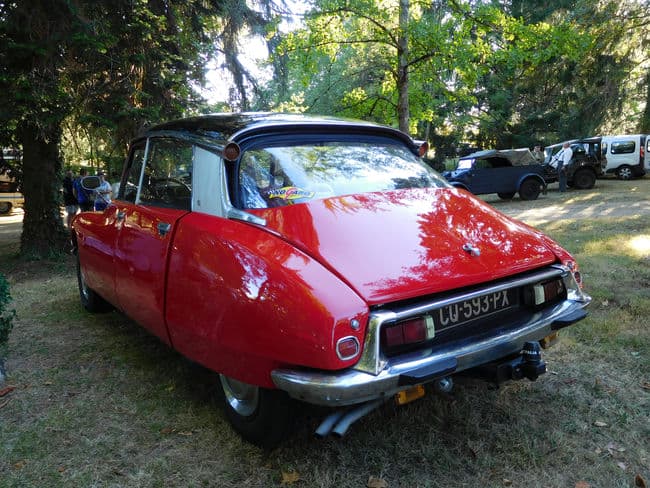

Barthes’ phrase, “more spiritual and more object-like,” rings true when one encounters the Citroen DS in the flesh. Unlike many cars celebrated for their driving prowess, the DS commands attention through its design alone. An up-close examination reveals the “object-like” quality Barthes spoke of and provides insight into why it was considered almost otherworldly when it made its debut at the 1955 Paris Motor Show. “It is obvious that the new Citroën has fallen from the sky,” Barthes declared.
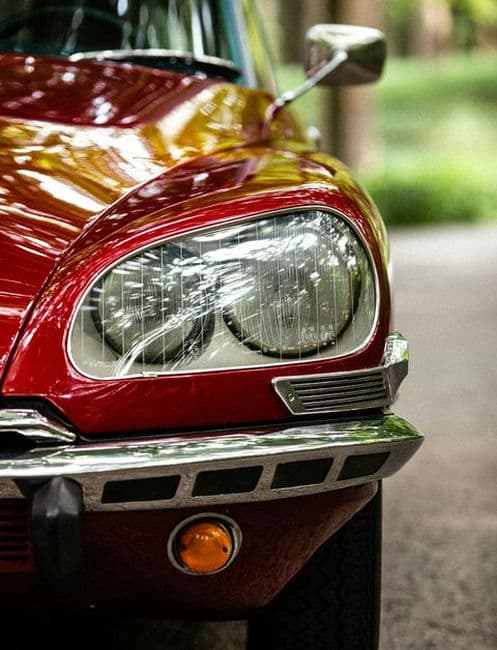

Begin with the front, where you’ll be captivated by the slender chrome hood ornament, cleverly doubling as a handle. Move to the front quarter panel and observe the graceful flow from the fender to the greenhouse’s beltline, ending in a teardrop profile. The chrome roofline strakes maintain a seamless, parallel journey with the car’s lower body, culminating gracefully in rear turn indicators. The thin pillars supporting the roof enhance the glass greenhouse, creating the illusion of a floating canopy.
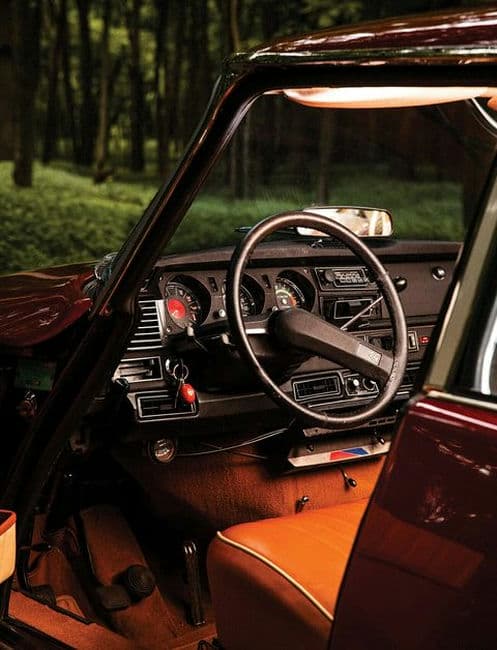
Opening the door reveals a chrome doorsill with subtle, crosshatched texturing. Settle into the plush, cloud-like leather bench, surpassing every other car seat in terms of comfort. Admire the sleek, minimalist dashboard and the iconic single-spoke steering wheel. Even the sculpted chrome door handle and the supple leather loop grab handle on the ceiling are a feast for the senses. Every element is a visual and tactile delight.
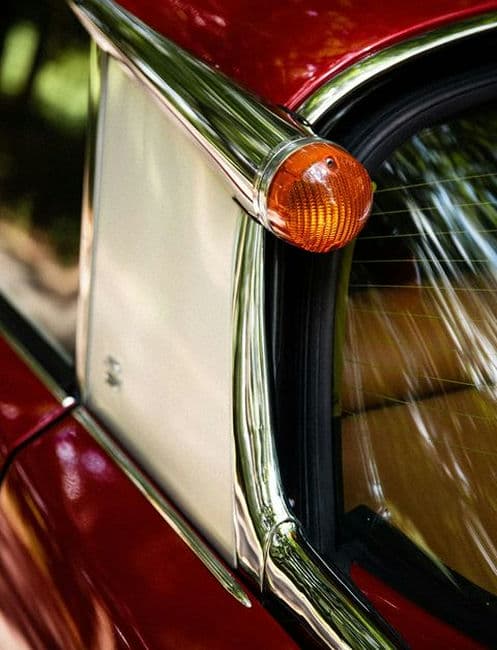
The DS’s timeless design, ahead of its era, continues to inspire contemporary designers. In 2009, a distinguished panel of automotive designers declared the DS the “most beautiful car of all time,” ranking it above the likes of Ferrari, Jaguar, and Lamborghini. Giorgetto Giugiaro, the founder of Italdesign, dubbed it “the only example of a car really conceived ‘outside the box’… just impossible to imitate.” Meanwhile, Leonardo Fioravanti, renowned for his work on iconic Ferraris, lauded the DS as “a real road car that, at its time and perhaps still now, has represented the ‘dream’ in its extreme progress.”
This progress is evident not only in design but also in mechanics. The Citroen DS introduced numerous automotive technologies decades before they became mainstream. Notably, European models featured steering-linked headlights for improved visibility during cornering, a feature way ahead of its time. It also boasted the world’s first mass-produced disc brakes, activated by a unique pressure-sensitive button rather than a conventional pedal. However, the most revolutionary aspect was its self-leveling hydropneumatic suspension.
While stationary, the DS appears almost flush with the ground, wheels seemingly retracted into its body. Upon startup, it silently and gracefully ascends, rear first, followed by the nose, hovering several inches above the ground, resembling a Harrier jet’s vertical takeoff. This mesmerizing effect is alien yet deeply satisfying to witness.
Furthermore, this suspension system delivers a ride that transcends the ordinary. The Citroen DS glides effortlessly over bumps without the typical floatiness of vintage luxury cars. You remain connected to the road while it gracefully smooths out imperfections, creating an incomparably smooth ride.
In conclusion, the 1972 Citroen DS stands as an enduring source of design inspiration, a true masterpiece that effortlessly embodies the balance between the spiritual and the tangible. Its timeless beauty and innovative mechanics continue to captivate, making it a classic that remains unmatched in the world of automotive design.
